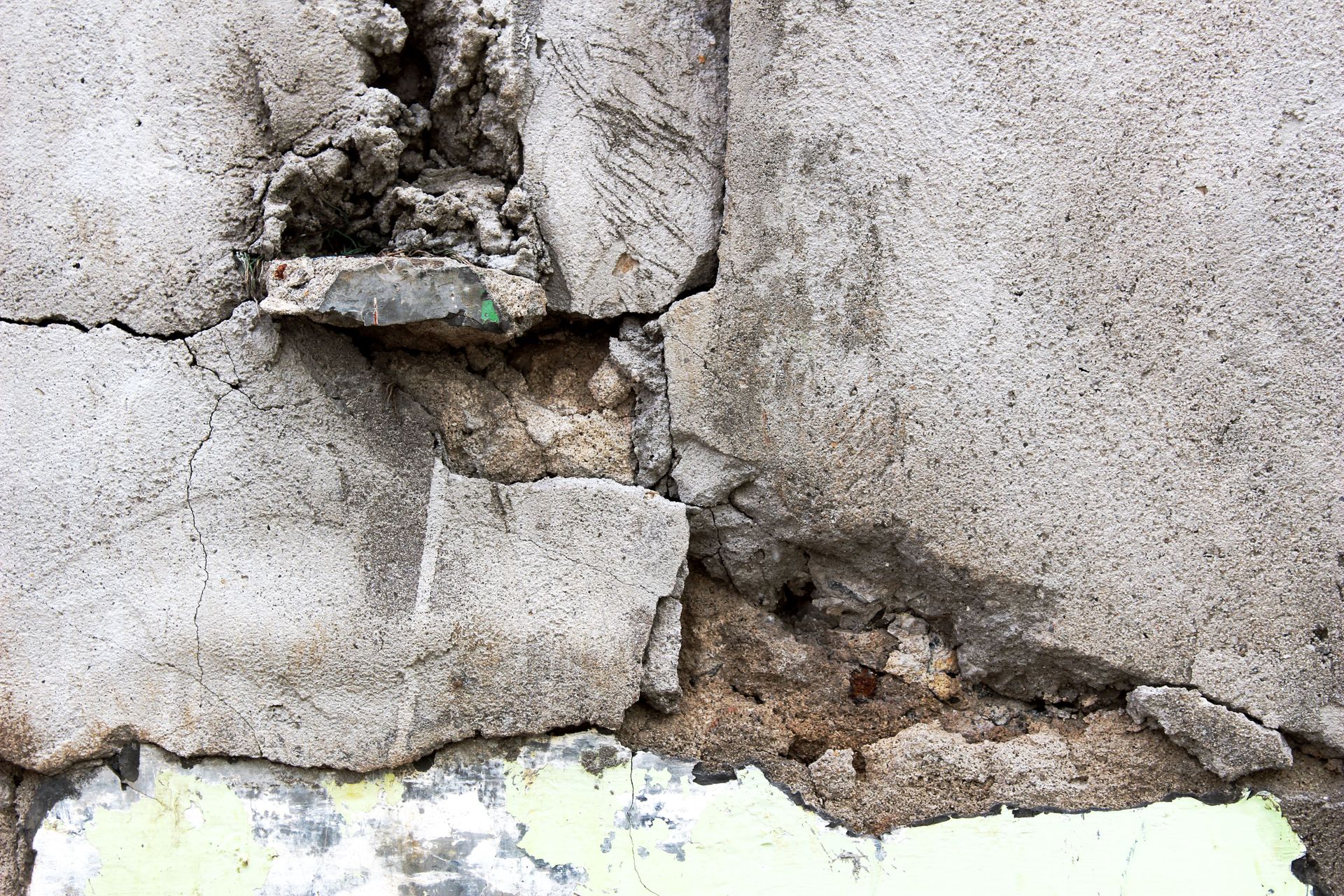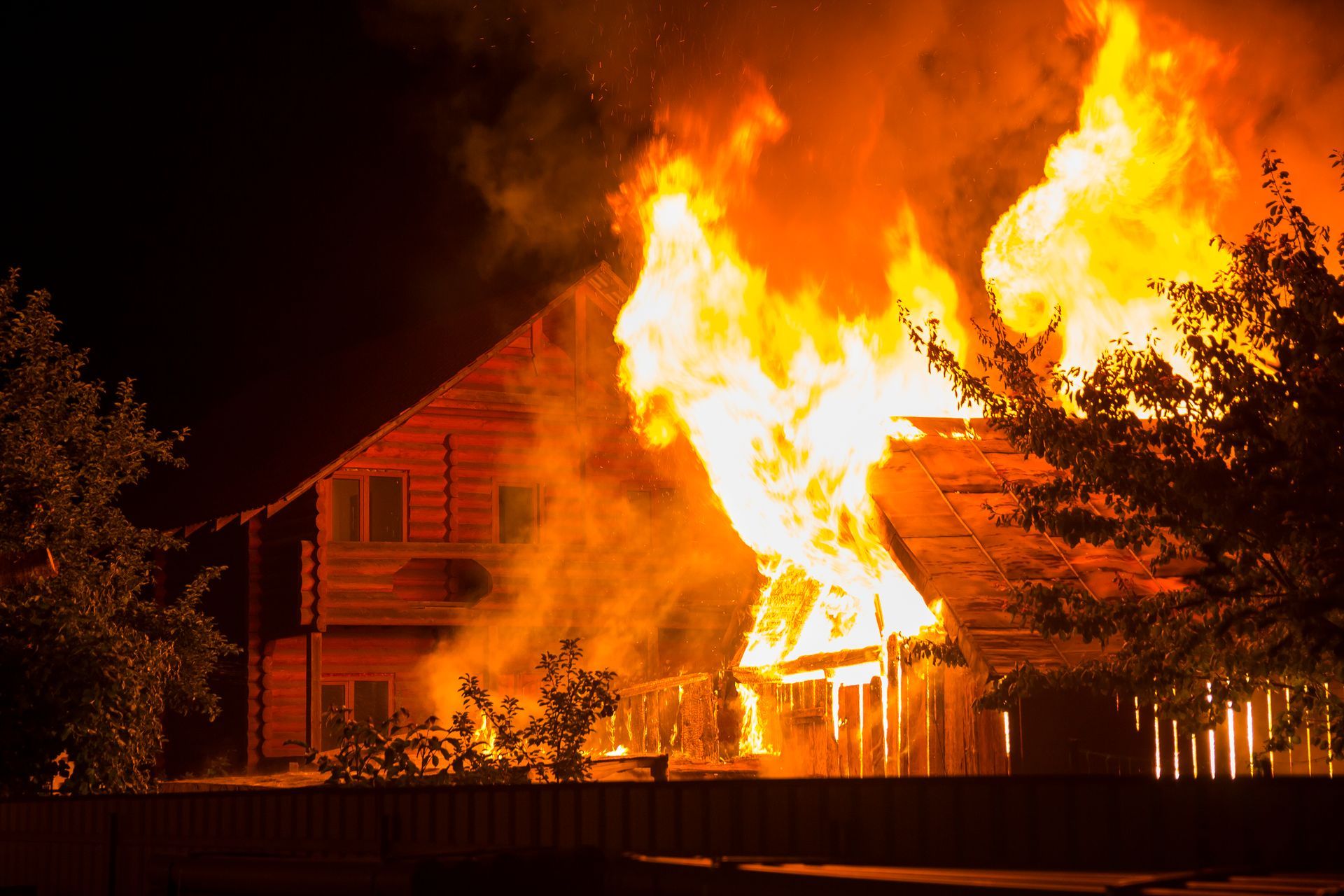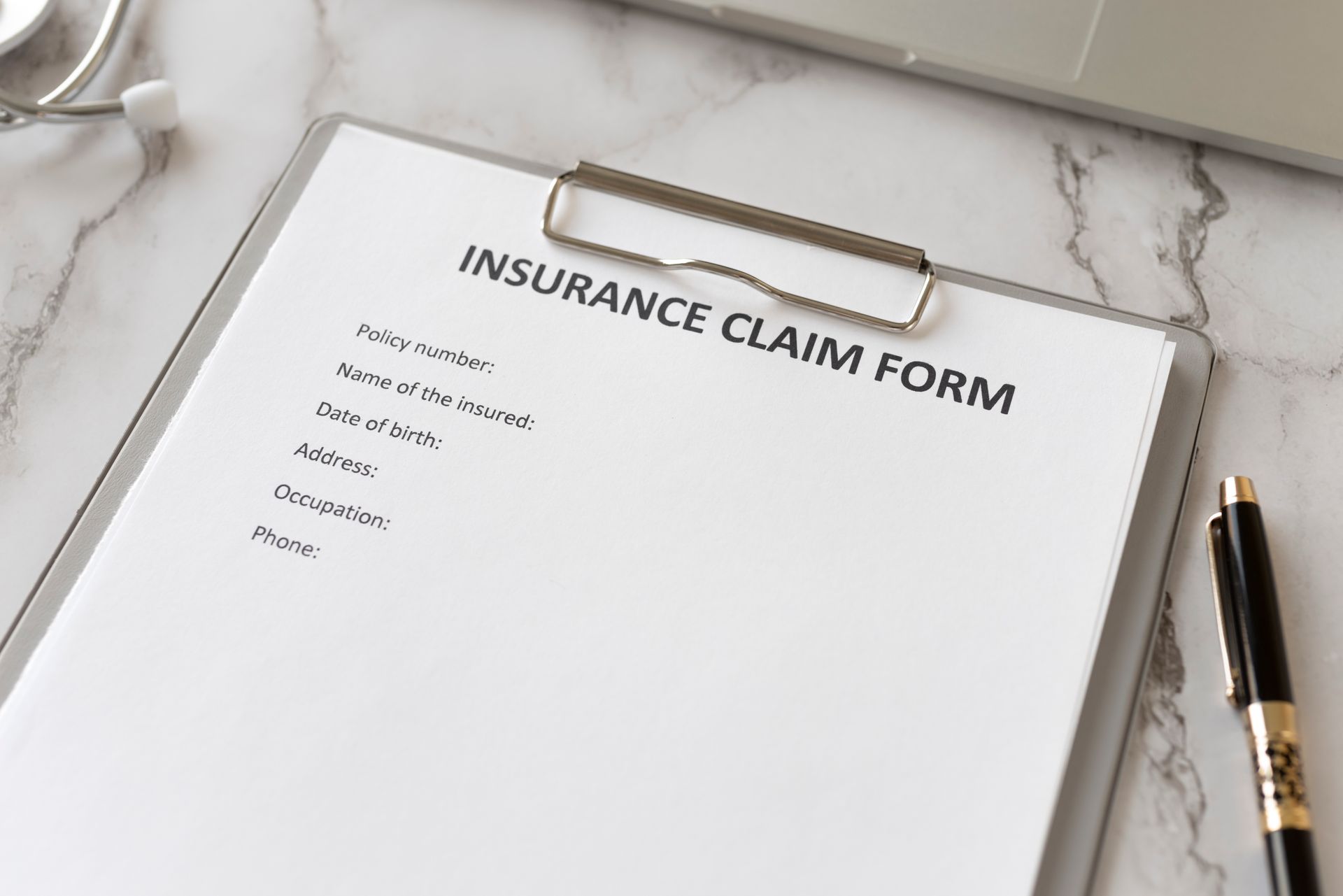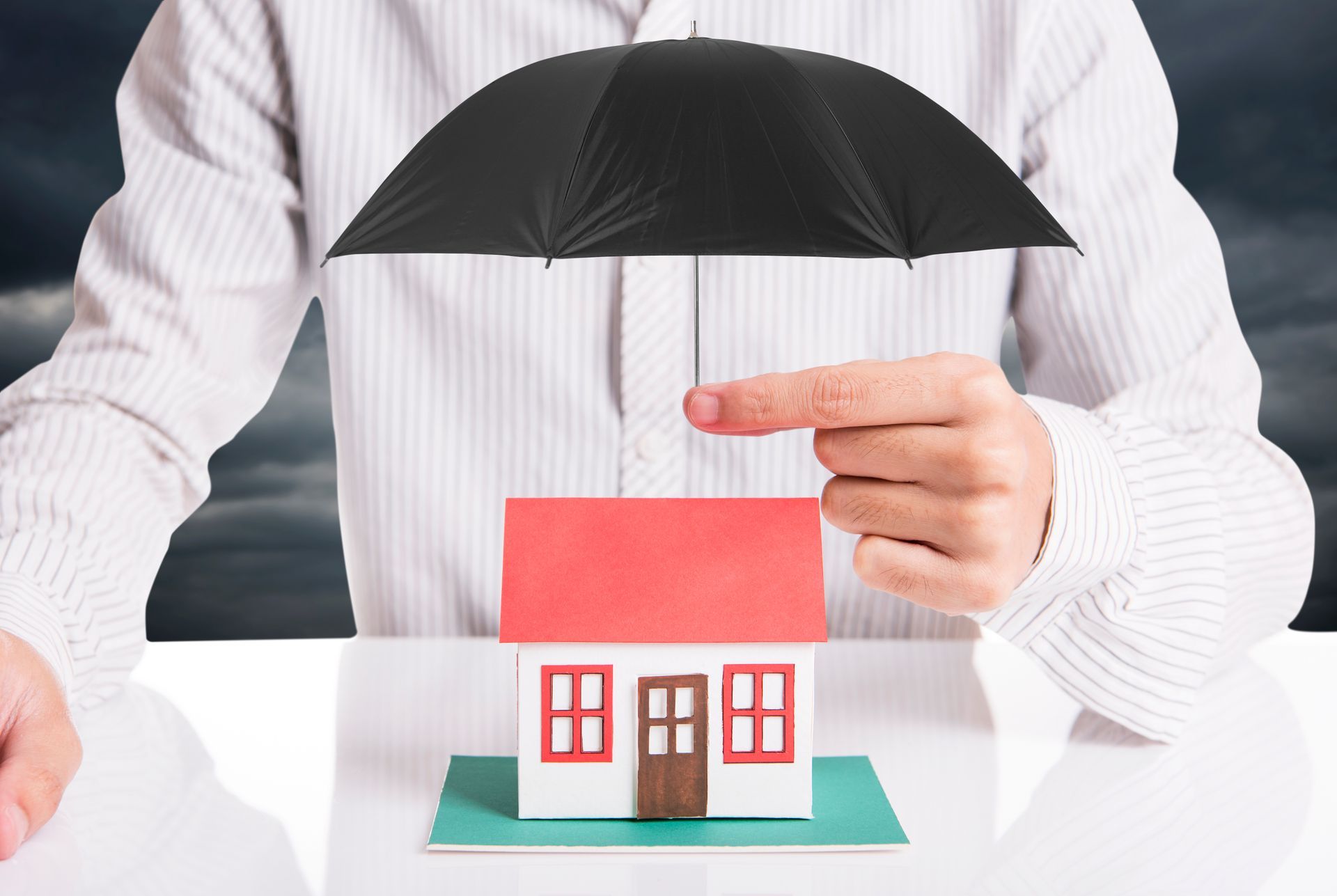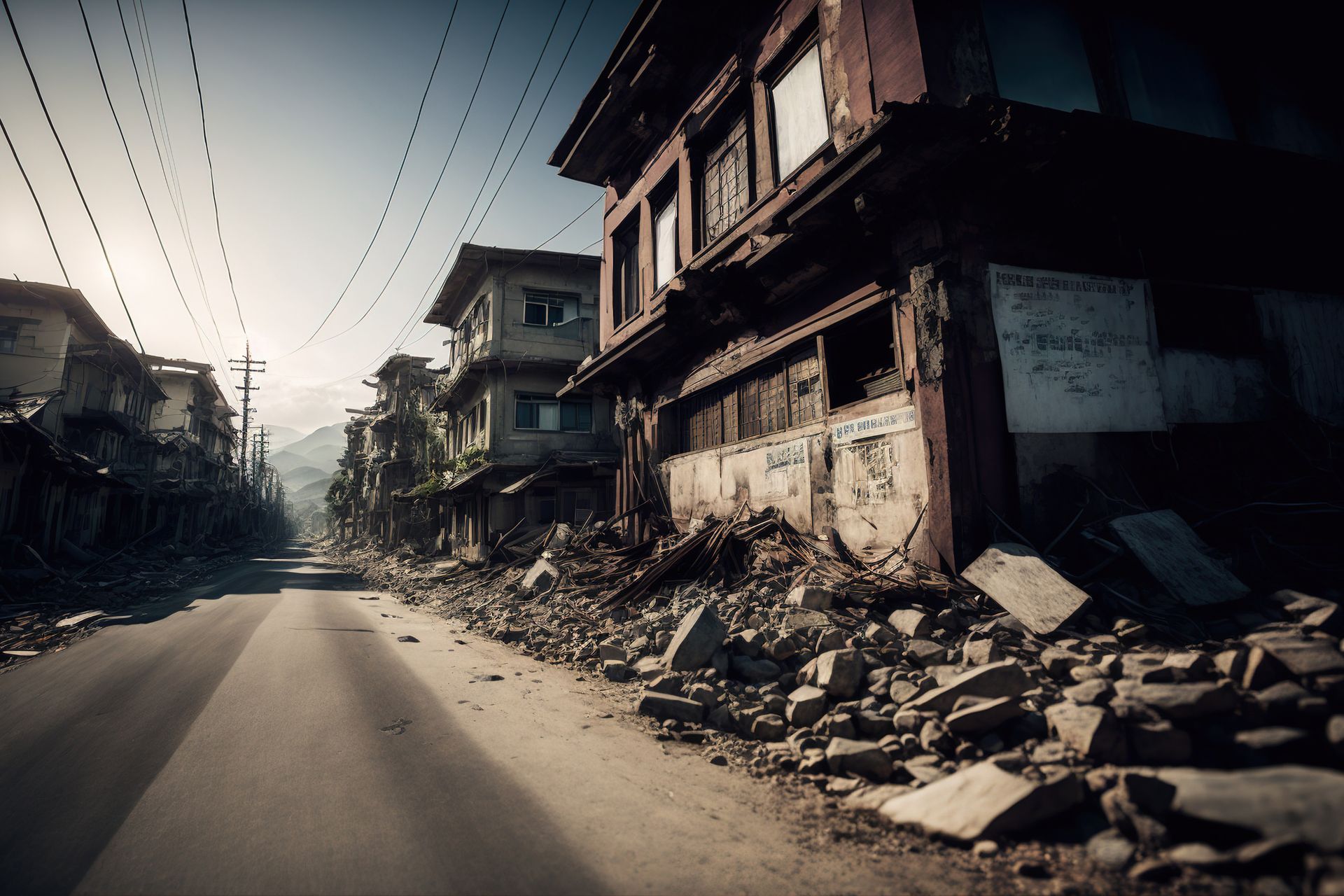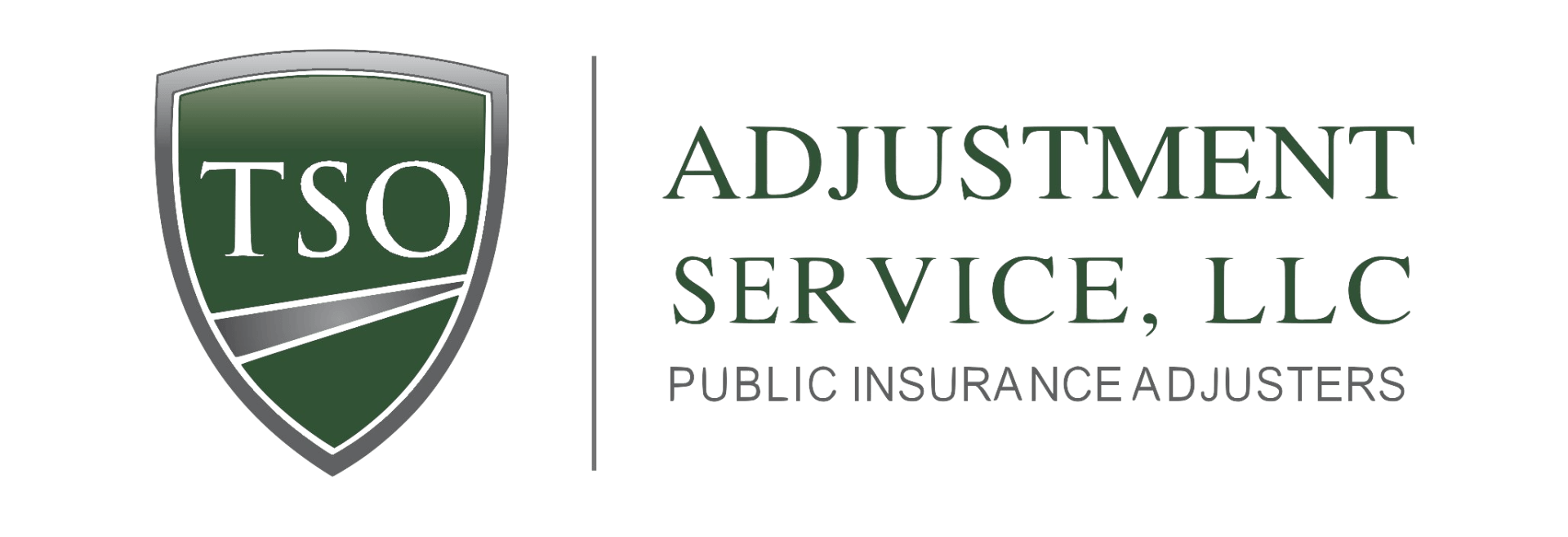Protecting Your Home from Flooding & Natural Disasters
Natural disasters are an unfortunate reality for homeowners, and the ensuing water damage can lead to extensive and costly repairs. To adequately protect your home from the devastating effects of floods and natural disasters, it's essential to understand your insurance coverage, policy limitations, and preventative measures. In this article, we'll delve into water damage insurance, common flooding types, and how to protect your home from these events.
1. What Does Water Damage Insurance Cover?
Water damage insurance provides financial protection against losses incurred due to water entering your home from external sources. This coverage typically includes damage resulting from rainstorms, flash floods, and overland flooding. It's important to note that water damage insurance does not cover damage caused by internal plumbing issues or groundwater seepage, which may fall under a separate category within your homeowner insurance policy.
2. Three Common Types of Flooding/Water Damage
Understanding the various types of flooding and water damage can help you better prepare and protect your home. Here are three common causes of flood damage:
a. Rain-Related Flooding: One of the most frequent causes of water damage, rain-related flooding occurs when heavy rainfall overwhelms local drainage systems, allowing water to pool around your home's foundation. If your drainage system fails or gets clogged, your home may be vulnerable to leaks and seepage.
b. Overland Flooding: Also known as river or creek flooding, overland flooding typically occurs during periods of prolonged rainfall and rapid snowmelt. As rivers and streams exceed their capacity, water may overflow onto nearby land, causing extensive damage to homes in the affected area.
c. Flash Floods: Often occurring with little warning, flash floods are the result of sudden, torrential rainfall, usually associated with severe weather events like thunderstorms. Flash floods can cause rapid water level rises, resulting in significant damage to properties and posing a serious risk to human safety.
3. Review Your Existing House Insurance Coverage, Policy Limitations, and Exceptions
To ensure you are adequately protected against water damage and flooding, take the time to review your homeowner insurance coverage. Here are some things to consider:
- Check your policy limits: Verify the maximum coverage amount provided by your water damage insurance. If the limits are too low, you may want to consider purchasing additional coverage to protect your family and property adequately.
- Understand policy exclusions: Some water damage insurance policies may contain exclusions for specific types of flooding or damage, meaning they will not cover losses resulting from those causes. For example, some policies may exclude coverage for damage caused by sewer backups, groundwater seepage, or flood events not classified as 'flooding' under your policy's terms.
- Maintenance requirements: Your insurance provider may require you to maintain your property and take specific actions to prevent water damage. Failing to fulfill these requirements could result in a denied claim if you experience a flood or water damage event.
4. Reach Out to Us to Learn About Additional Coverage Options
If you find that your homeowner insurance is insufficient to cover your water damage and flood-related needs, consider exploring additional coverage options. Reach out to us for assistance in understanding your policy limitations and identifying the best course of action for protecting your home from water damage and natural disasters.
In conclusion, protecting your home from flooding and water damage involves understanding your insurance coverage, staying aware of common flood risks, and taking preventative measures to minimize the potential for damage. By educating yourself on the dangers of flood damage and insurance claims, you can take steps to safeguard your home and ensure that you have the necessary financial protection in case of a natural disaster.
Is your home adequately protected against water damage and flooding?
Contact TSO Adjustment Service today to review your homeowner insurance coverage and assess your flood protection needs. Our expert team can help you navigate the complexities of insurance claims, ensuring that your home remains secure and well-guarded against natural disasters.


